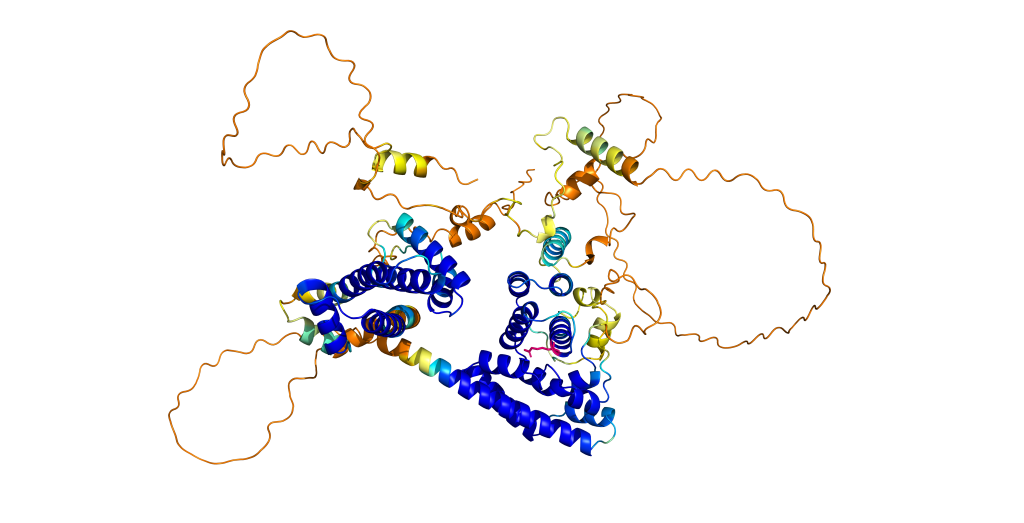Fast-tracking treatments with computer modelling
Computer modelling is changing biological research and development, accelerating the development of new treatments to help bring them to patients sooner.
Patients are top of mind when researchers propose new health treatments. To check for potential health impacts, computers are now often used before any research occurs in the lab. This digital form of experimentation is called ‘in silico’ testing. It involves computer programs, and biological data sets. These are used to provide sophisticated answers to research questions about potential actions, safety, risks and side effects of new drugs, medical devices, surgical techniques and novel forms of treatment.
An important alternative to animal testing, data modelling draws on mathematical models, genetic disease databases and health and scientific information. It enables thousands of simulations to be conducted via computer to predict human responses to potential and emerging therapies.

Supporting alternatives to animal testing
The Office for Health and Medical Research funds a wide range of research that is using data modelling and mapping, including the Non-Animal Technology Network. This aims to reduce and replace animal testing and accelerate scientific breakthroughs through non-animal approaches, including ‘in-silico’ testing.
Dr Kate Michie is a structural biologist and uses data modelling every day in her role as Chief Scientist at the Mark Wainwright Analytical Centre’s Structural Biology Facility. This is located at UNSW Sydney, where projects that use ‘in silico’ testing are currently being supported.
Earlier this year, as part of the NSW Health consortium, Michie attended the Bio 2024 Convention and presented at the showcase breakfast event on non-animal models hosted by the Office, and more recently, we caught up with Michie to discuss how data modelling is helping to accelerate research and save time and money in health and medical clinical trials.
What are the benefits of ‘in silico’ testing in medical research?
“Data modelling is a technique where a software program on a computer is used to make a ‘model’ from specific data that is provided to the program. It enables large amounts of information to be looked at in a shorter time frame. It does not use physical resources other than computer time (and power), so less laboratory consumables are involved and no animals are used. It can help researchers look at specific health challenges of individuals and provide some highly accurate predictions of biological processes and disease progression.”

What sources are used in data mining?
“Data mining can come from any source that is relevant and provided to the software that has been coded to model it. Many different modelling programs are available and they are specifically written for different tasks. Currently, data from chemical molecule libraries, protein structures, DNA sequencing, patient records, medical imaging, clinical trials and public health are all being used in different ways to make better decisions for patient health. This approach can also help researchers to interpret medical imaging and predict optimal therapeutic pathways for new treatments.
Can this approach help fast-track drug therapies?
“It can dramatically progress research. For example, we used data modelling to visualise protein structure and to identify the molecular mechanism behind an experimental drug. The results redirected a whole research program and helped us to improve the drug based on this information. Proteins are the main building blocks of body tissue so impacts of new health treatments on proteins are often investigated through data modelling.”
How can data modelling save time and money?
“Data modelling enables more personalised medicine. In one case, we used protein structure modelling to investigate a specific rare mutation in a patient. It allowed us to better understand their disease. The patient’s healthcare team then had the correct diagnosis and a much better understanding of which therapy might help. In a very short period of time, the team moved into the clinical testing phase to treat the patient. This whole process was cheaper and faster than any other research method.”
What insights can data modelling provide?
“Animal studies are slow, expensive and have to be planned and conducted with meticulous care to be of use and to be ethically acceptable. By contrast, data modelling results can provide specific insights that are more related to human variables and human responses. It can often also enable rapid answers to questions about potential new treatments. Proposed new medications or therapies that might cause issues such as harmful side effects can be quickly identified and discontinued. Modelling can also test a large number of complicated parameters that simply can’t be replicated in animal experiments.”
In the future, the use of computer data will continue to increase as researchers mine data to inform and improve healthcare research and options. This ‘in silico’ experimentation will ensure safer treatments with fewer side effects. It will also improve patient outcomes by speeding up translation of new therapeutics from bench to bedside.
Updated 3 months ago